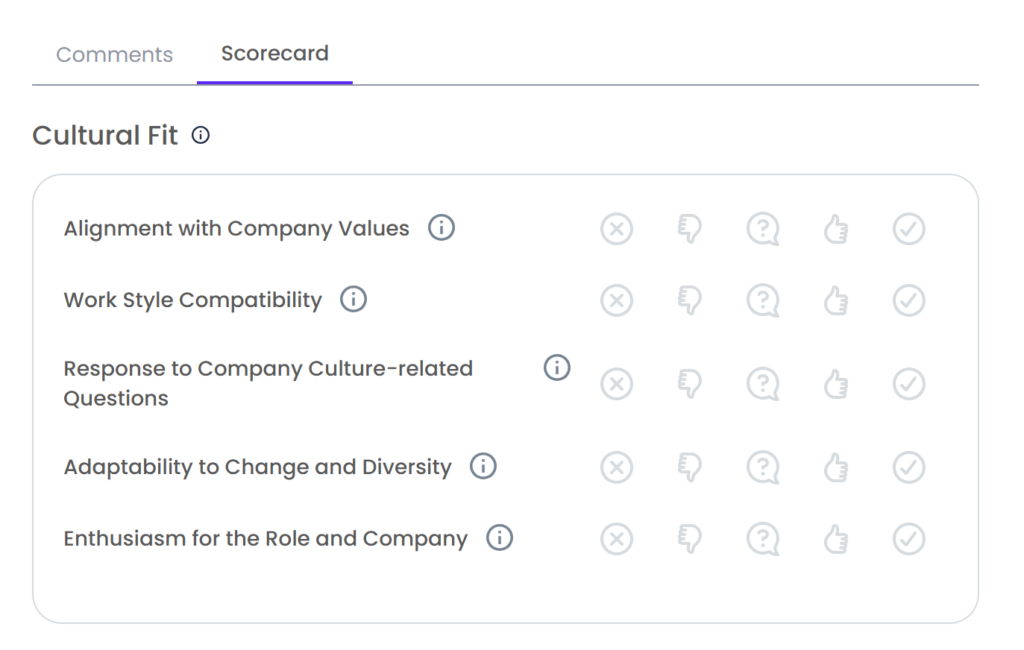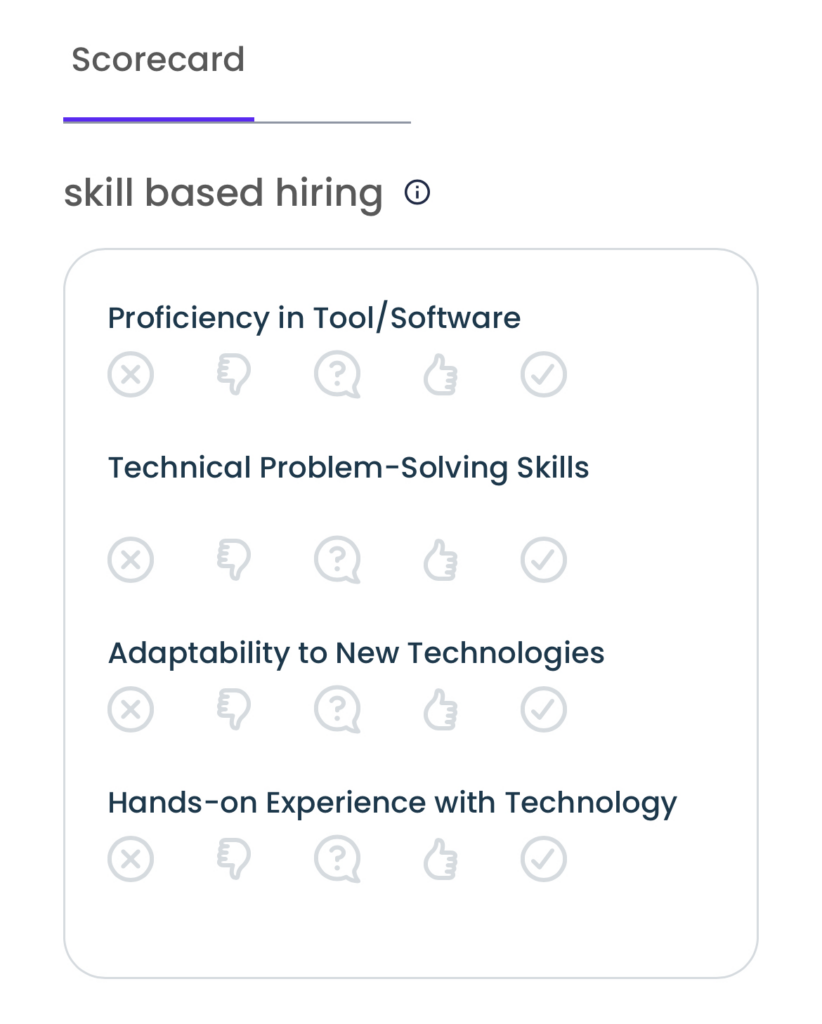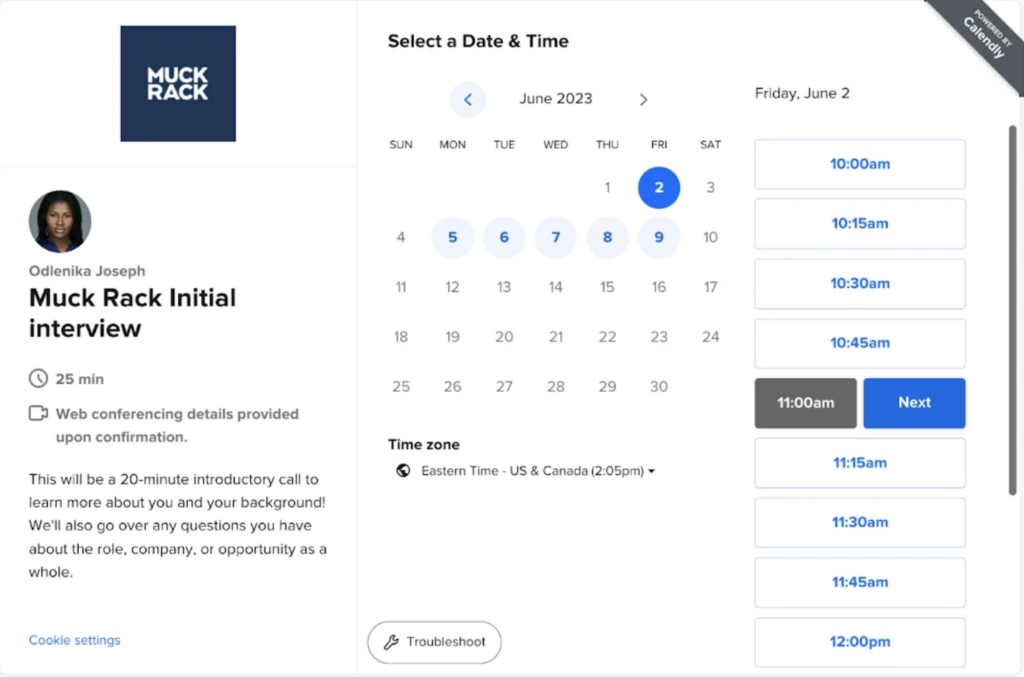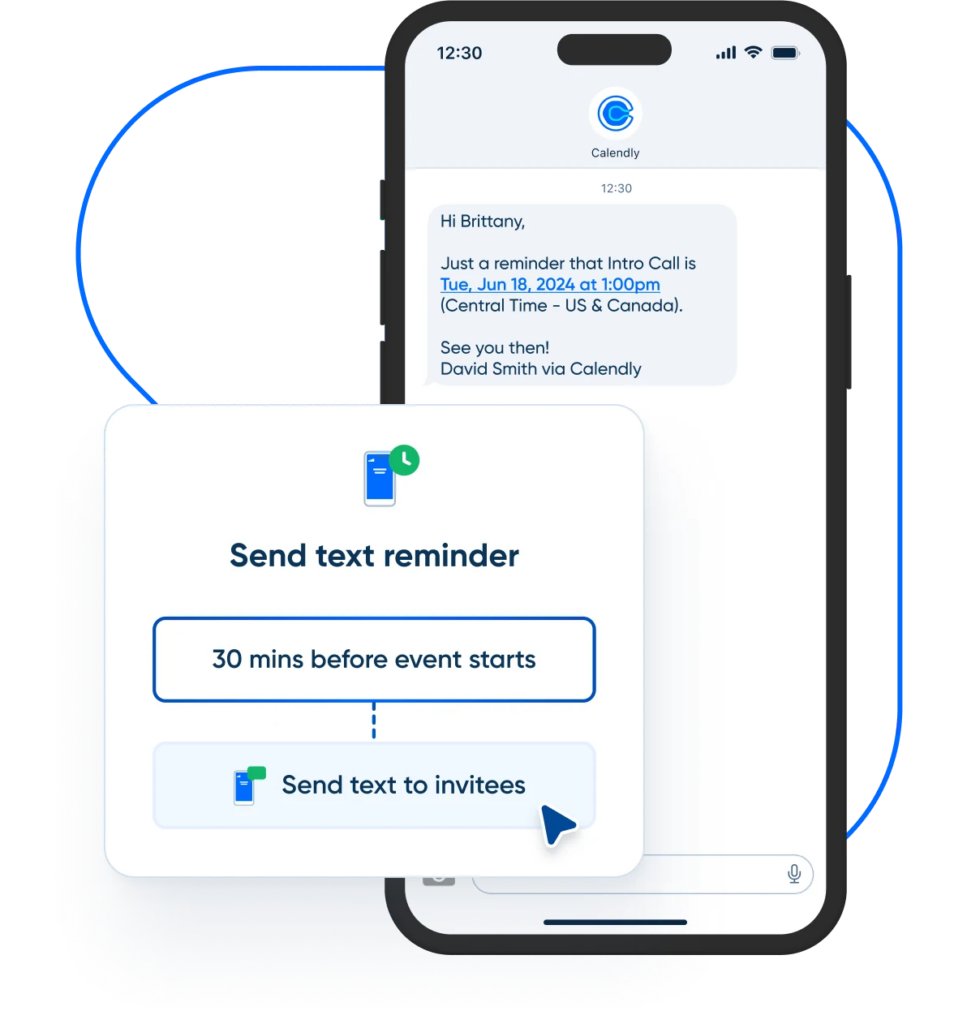How SaaS Talent Leaders Can Simplify Sales Hiring Without Compromising Quality
Published on Mar 27, 2025

I don’t need to tell you how disastrous a wrong SaaS sales hire can be. For perspective, a single bad hire can cost up to three times the rep’s annual salary—translating to losses between $250,000 and $500,000 when accounting for missed quotas, lost pipeline, and the expenses of replacing them. In the never-ending quest to accelerate SaaS sales hiring and quickly fill positions, it’s easy to take shortcuts. Sometimes those pay off, but in many cases, they don’t. For this article, I’d like to explain specific strategies on how to simplify sales hiring without compromising quality.
In fact, these techniques should maximize your collective candidate quality and help you pinpoint your industry’s true elite. Let’s dive in.
Start By Analyzing Existing Data
Assuming you’ve been in business for at least six months and have a decent amount of SaaS sales hiring data, the first thing I recommend is thoroughly analyzing your existing data to identify patterns, trends, and most importantly, weaknesses. Note that if you’re a brand-new startup and haven’t done any hiring, you’ll want to skip this step, but you should definitely use it later on once you’ve generated some initial data.
Here you’ll want to zero in on the most critical metrics, such as applications per opening, time to fill, time to hire, quality of hire, and cost per hire. Here’s a more extensive list for additional ideas.

Armed with this information, you should be able to get a baseline reading of how well you’re performing in each area and identify any glaring inefficiencies that are holding you back.
For instance, maybe your time to hire is much longer than it should be, but everything else looks good. In this case, it would be clear that lowering your time to hire should be your top priority. Improving in this area should put you on track to achieving greater efficiency and minimize candidate drop-off.
Use a SaaS Sales Recruiting Tool
Although recruiting tools have been around in some capacity since the 1970s with the advent of application tracking systems, their capabilities have grown by leaps and bounds over the past few years. Case in point — a SaaS sales recruiting tool like HireDNA.
With this platform, you can simplify sales hiring in a wide variety of ways while also finding the best of the best candidates.
For example, HireDNA uses cutting-edge data-driven assessments to provide an objective overview of each candidate’s core competencies, such as motivation, responsibility, and the ability to handle rejection.
Using a simple scale system, you can conveniently compare candidates side-by-side and confidently narrow your candidate pool down to the cream of the crop. Rather than relying on your gut, which is prone to bias, this gives you crystal clear insights into what each candidate brings, so you find the optimal fit for a position.
Best of all, it can be a huge time-saver because you don’t have to manually sift through a mountain of candidates, which can dramatically lower your time-to-hire.
Leverage Candidate Scorecards
Once you’ve narrowed down the candidate pool to a few select candidates, you need a way to efficiently see how they stack up against one another and how good of a fit each one is to your unique SaaS sales environment. But how do you do this?
One of the best ways is to use candidate scorecards, which allow you to objectively compare each SaaS sales candidate at a glance in key areas.
For example, you could use a cultural fit scorecard where you rate how well someone aligns with your company values or their work style compatibility.

Or you can rate specific skills, such as their proficiency using software or problem-solving skills.
There are many possibilities. Implementing scorecards like this should help expedite shortlisting as you navigate through the latter stages of SaaS sales hiring while giving you a bird’s-eye view of how adept each person would likely be if hired.
Automate Interview Scheduling
While this isn’t as integral to the SaaS sales hiring process as the previous strategies, this can have a tangible impact. Not only can it simplify and streamline things, it can also contribute to creating a better candidate experience, as it gives them flexibility for choosing convenient interview slots without unnecessary back-and-forthing with recruiters.
One of my favorite tools for interview scheduling is Calendly because it makes the end-to-end process a breeze.
A candidate can easily choose a date and time that fits their schedule based on open slots.
Then the interview time is automatically synced with your sales recruiter’s schedule with zero disruptions. Besides that, Calendy offers automatic reminders to drastically reduce no-shows.
That way, you can focus on more pressing business activities and coordinate SaaS sales interviews with minimal friction to better simplify sales hiring.
Reduce the Number of Interview Rounds
In many cases, there will be multiple rounds of interviews for a SaaS sales position. This is especially true for mid-level, high-level, and specialized roles.
And that’s fine. Often, it takes more than one round to get a sense of who’s the best fit for a role.
That being said, you shouldn’t have any more interview rounds than you truly need. This only adds complexity, slows you down, and can be a turnoff for many elite candidates who don’t want to go to the trouble of showing up for interview after interview.
What you want to do is find the sweet spot where you can confidently choose the best person for a role without having needless interview rounds. That’s why I recommend experimenting with this until you find the lowest number without sacrificing candidate quality.
Simplify Sales Hiring: Streamline for Speed and Success
Accelerating SaaS sales hiring isn’t about cutting corners. It’s about leveraging strategies and tools to slash through inefficiencies and find legitimate superstars without wasting time and money.
To recap, this includes tapping into existing hiring data, using a SaaS sales recruiting platform, implementing candidate scorecards, automating interview scheduling, and trimming back interview rounds.
If you want to take the guesswork out of hiring and leave nothing to chance, try the Sales Skills Assessment to provide in-depth insights into each candidate.



